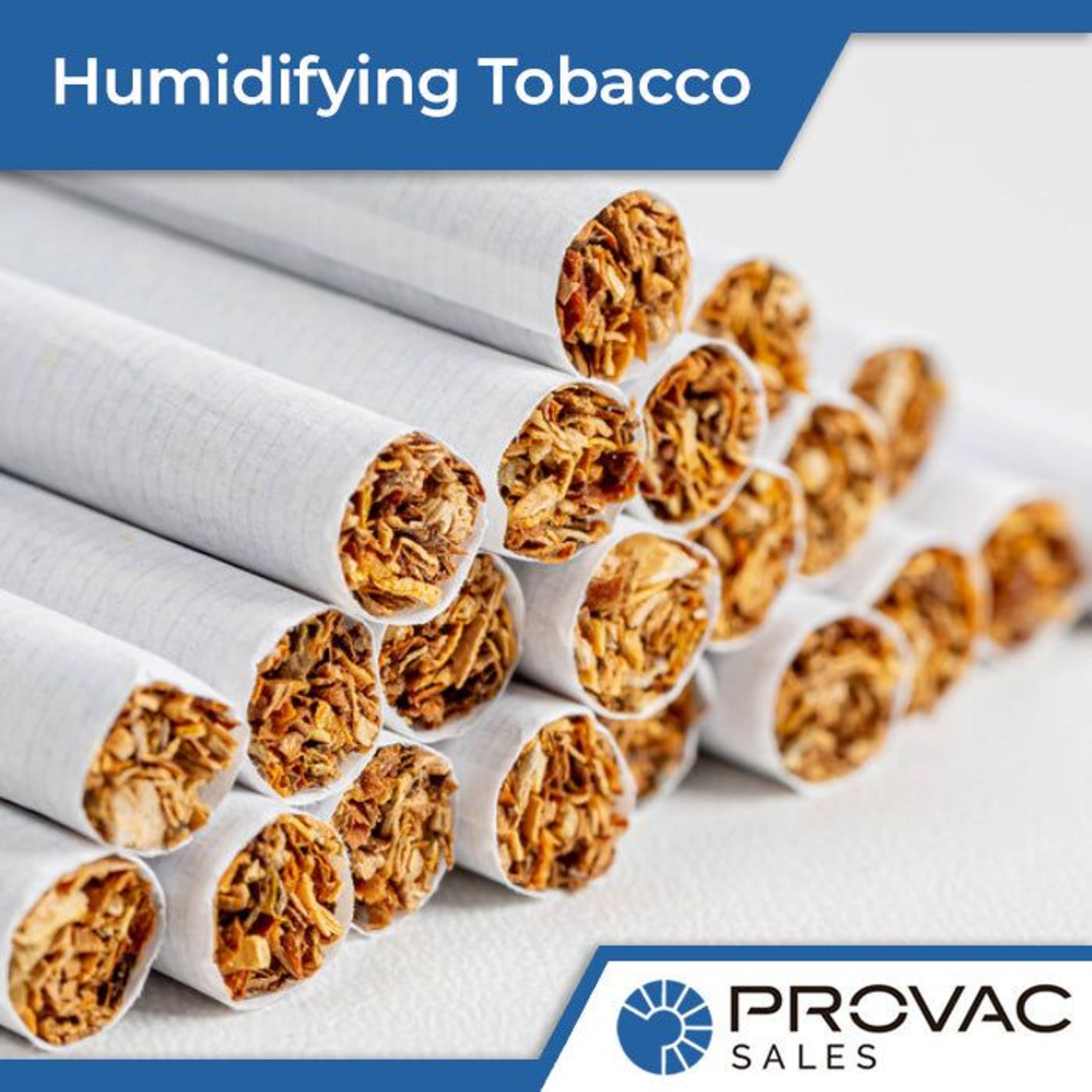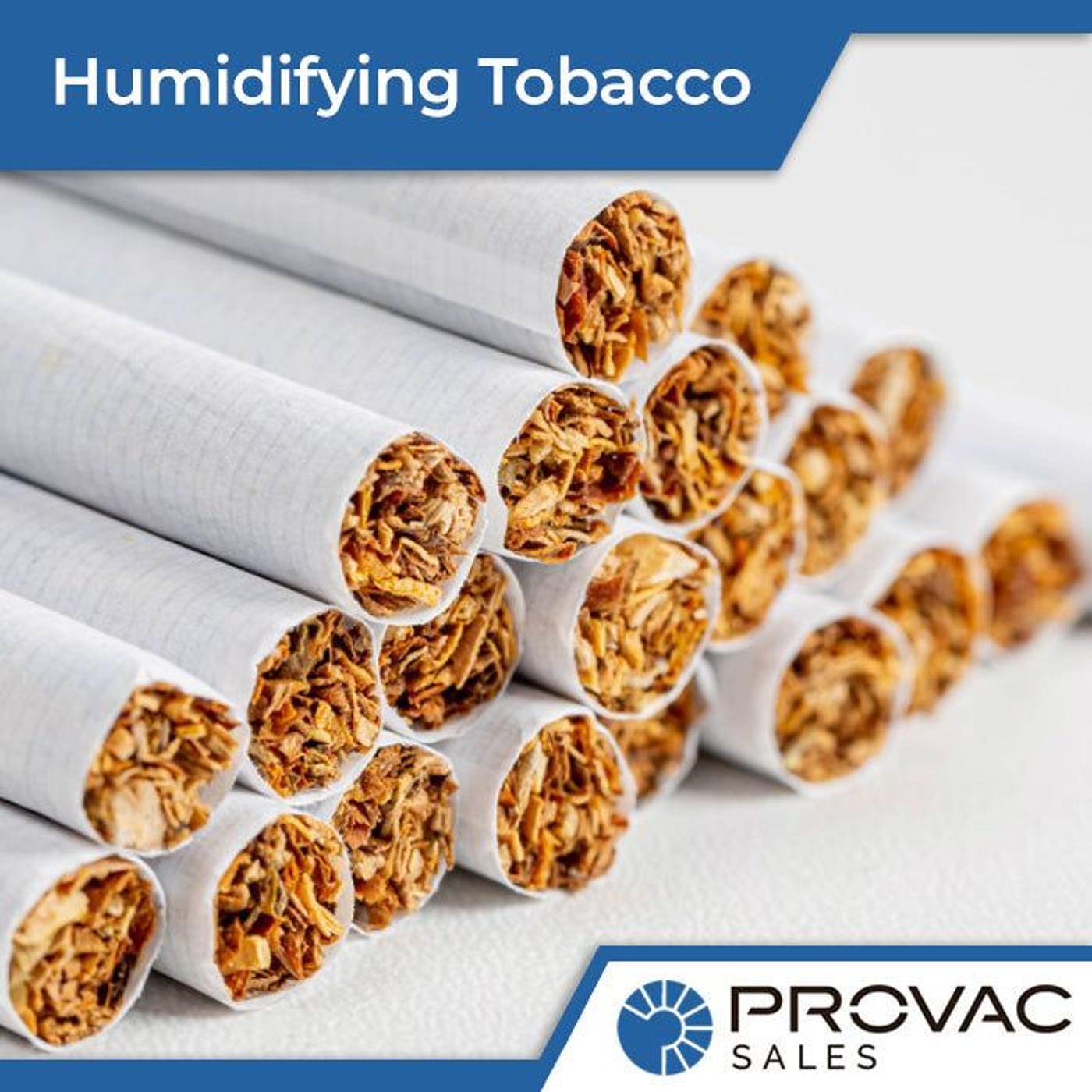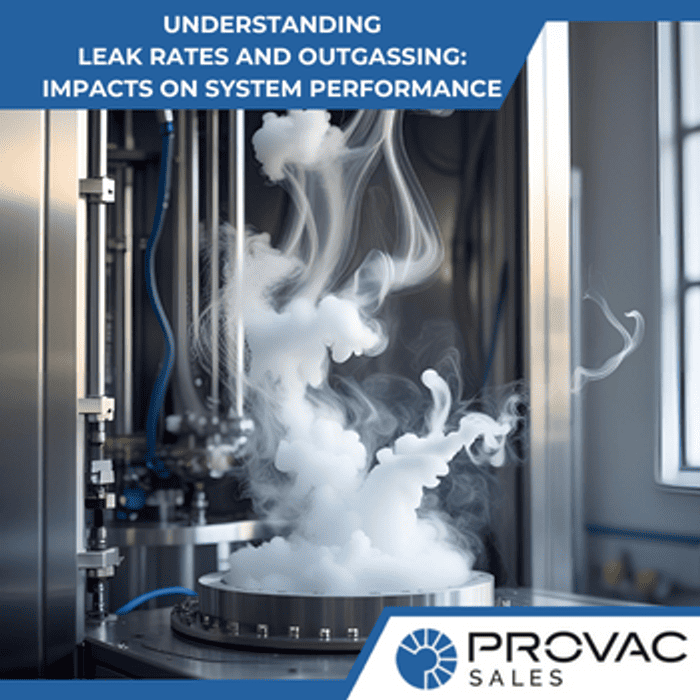The tobacco industry has long employed techniques to ensure that tobacco stays fresh, mainly for economic and regulatory compliance reasons, but also for the quality of the end-user experience. After all, in a consumer-facing business where brand loyalty is number one, and the quality of your product is what the success or failure of your long-term business prospects rests on, making sure that anything that can be done to achieve a stellar product, and any equipment that can be employed to that same end, is a worthwhile investment.
The Use of Vacuum Pumps in Humidification
The most common equipment used in tobacco processing is dust and moisture removal equipment, including cyclone separators, baghouses, and HEPA systems. It might also include air curtains, exhaust fans, and ductwork or cooling towers. This equipment removes dust and external contaminants that harm tobacco during storage, processing, or transport.
A critical piece of equipment is vacuum pumps, which are used in the process known as tobacco humidification. This process allows tobacco manufacturers to maintain a tobacco moisture level that will be most effective for growing, and provide an end product to consumers that is consistent in appearance, texture, aroma, and taste.
What Humidification Does
Specifically, humidification works to minimize any effects which result from drying tobacco either too much or not enough. Historically, tobacco was only grown in tropical and sub-tropical climates, because the humidity in the air provided the optimal growing conditions. However, with the advent of technology, tobacco growers can both expand the geography in which tobacco can be grown, as well as mitigate the effects of shifting climate conditions and normal weather variations.
Logistics of the Humidification Process
How is tobacco humidified? It's not a simple process! It's done in an airtight chamber by using a vacuum pump that reduces surrounding atmospheric pressure until all interior surfaces begin sweating water vapor into the room. This causes dampness on leaves, which produces more sugar in tobacco plant juices, allowing fermentation and aging processes to continue without the bacteria growth that comes from high humidity.
Vacuum pumps also increase tobacco's moisture content, which keeps tobacco fresh longer, reducing tobacco surface area. This is a vital component since the surface area is where oxidation and other degradation in tobacco occurs.
This process is also key to maintaining consistent quality with regard to color, texture, flavor, and aroma. Tobacco that was not maintained at optimum conditions would have fluctuations in the quality of the end product - which is bad for both consumers and brands alike!
When Humidification is Employed
Vacuum pumps are a tool tobacco manufacturers use to keep tobacco fresh post-harvest and pre-processing.
The humidification method requires that tobacco leaves are saturated with humidity prior to being processed because tobacco must be humidified while it is still on the stalk. This necessity complicates the logistics and makes the necessity of employing machinery like vacuum pumps even more critical.
If humidification could be done during processing, and the necessity of the tobacco being on the stalks was not so critical, it would be much more seamless to incorporate the necessary equipment into the machinery in the processing plants as opposed to deploying standalone equipment. That is not an option, though, which is why vacuum pumps continue to be both needed and effective.
Reasons For Using Humidification
Tobacco manufacturers are at risk if tobacco is not humidified properly, as tobacco with the wrong moisture content will result in tobacco that is not fresh tasting or looking, tobacco that is susceptible to microbial growth, and tobacco that may encounter molding issues.
As you can imagine, any of the above problems could be catastrophic for tobacco producers, processors, distributors, and brands - especially if the issue was widespread throughout an entire years' crop yield. It could affect the entire industry!
The tobacco industry is one that is built on brand loyalty. When a customer is secure in the idea that the tobacco products they purchase from a particular company are high-quality, they will be loyal for life. However, suppose they were to get even a few products that fell short of the standard. In that case, that loyalty could be destroyed forever, resulting in thousands of dollars in lost revenue - just from that one customer! Imagine the massive amounts of profit that could be lost if a quality issue were widespread.
It's all about staying competitive. There's no room for error anywhere along the line, from growing to processing to packaging to distribution - but arguably, growing is at the heart of the industry, so the money required for cutting-edge and industry-standard equipment like vacuum pumps, and processes like humidification, is ultimately not only a good investment, but a necessary one.
Required Personnel for Vacuum Humidification Processing
Additionally, it's not only about the equipment you use, but also those who maintain it and keep everything running smoothly and safely. Key people involved in the design, installation, testing, operation, and maintenance of vacuum humidification systems include engineers (preferably mechanical or refrigeration designers), skilled HVACR technicians, building owners/operators, including HVACR contractors.
Components of Vacuum Humidification System
A vacuum humidification system consists of many parts, including the tobacco chamber(s), tobacco tray(s), thermostat/humidistat and controls, fans, dehumidifiers, pumps, and shafts.
When setting up a tobacco humidifier using a vacuum pump, there are multiple variables to consider, such as humidity set point (which can be adjusted in 5% increments); fan speed; the temperature of the tobacco leaf; airflow through tobacco tray; current weather conditions and seasonal changes. As mentioned earlier, it is not a simple undertaking!
Since tobacco is constantly monitored throughout the process regarding these variables, there must be some way for notifying technicians, managers, and engineers when issues arise or need attention. Some of these issues include tobacco that is drying too quickly or not drying fast enough; tobacco that is humidified to an incorrect level; when dehumidifiers are running excessively long, etc.
There needs to be a notification system in place that will alert team members via email, text message, or other means as these issues arise because they can quickly reach the point where intervention will not be effective.
It's also vital to record humidity levels and temperatures so they can be reviewed at a later date. These logs need to be stored somewhere safe with minimal risk of loss or damage. In this way, patterns can be tracked, and best practices can be both determined and adjusted.
In conclusion, tobacco is a product that requires an immense amount of precision and care, all along the growing and processing timeline. Humidification with the aid of vacuum pumps is a critical part of the success of that process, as well as of achieving the ultimate goal - a quality end product.





